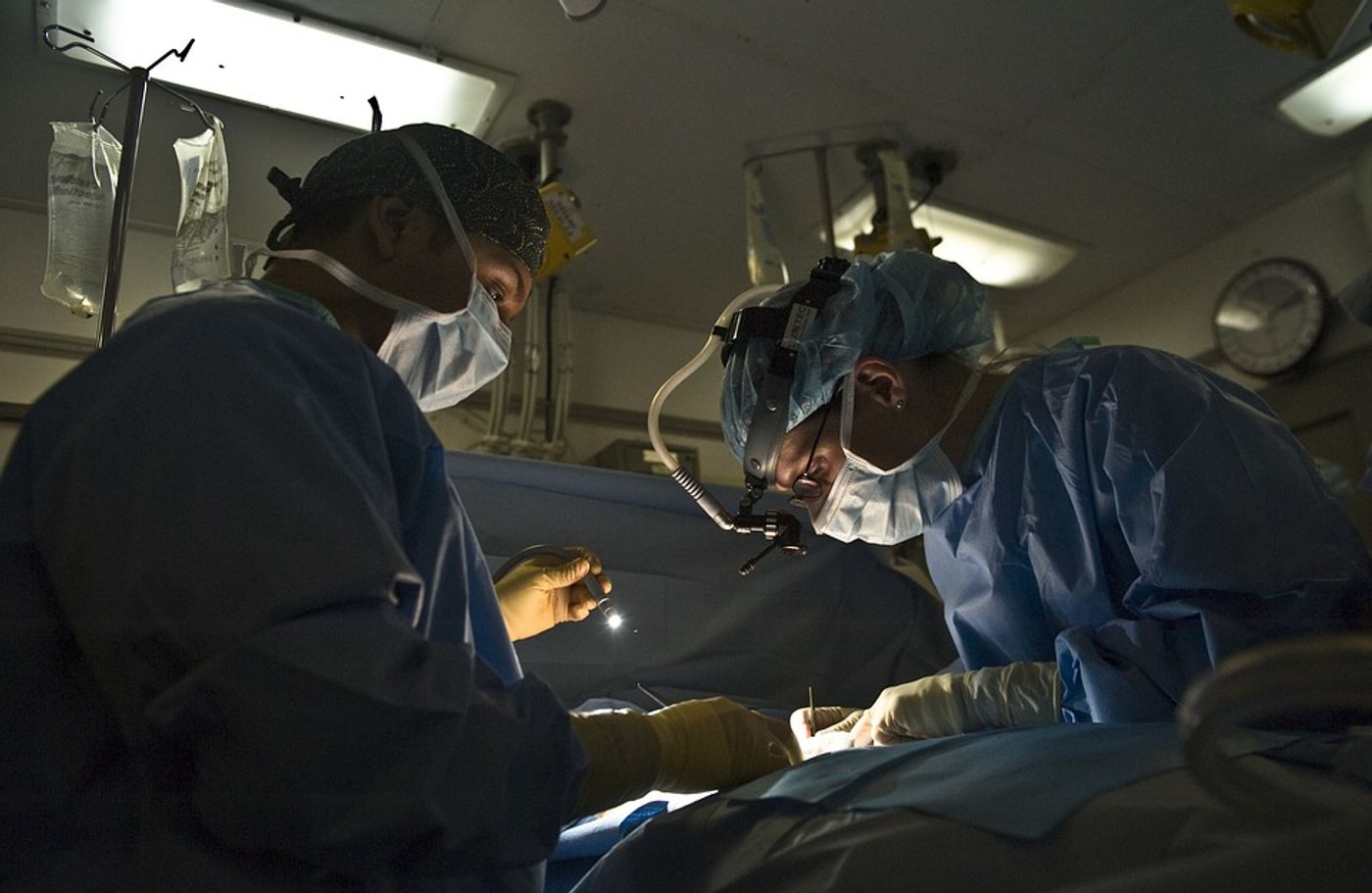Should you trust a robot to perform your cancer surgery?
How would you feel about a robot conducting your cancer surgery? According to new research published in JAMA Oncology, it’d be in your own best interest to go with the robot. The study reports that robotic surgery for patients with early-stage, oropharyngeal squamous cell cancer is associated with better long-term survival. Of course, the robot is being guided by a human surgeon, so don’t freak out quite yet.
According to the Centers for Disease Control and Prevention, approximately 70% of oropharyngeal cancers in the United States are caused by the human papilloma virus. Every year in the US, roughly 3,500 new cases of HPV-associated oropharyngeal cancers are diagnosed in women and about 15,500 in men.
During transoral robotic surgery, which is used to cancers in the back of the throat and includes the base of the tongue and tonsils, a surgeon will utilize a computer-enhanced system to guide an endoscope in order to take high-resolution, 3D images of the back of the mouth and throat. During this process, the surgeon’s “arms” are actually two robotically guided instruments that can remove tumors from surrounding tissue.
The retrospective, observational study comes from Cedars-Sinai researchers who used information from the National Cancer Database to track the five-year overall survival rate for patients with early-stage oropharyngeal cancer. They found that patients who elected robotic surgery instead of non-robotic surgery had a 84.5% five-year overall survival rate, compared with 80.3% for the other set of patients.
"At a minimum, robotic surgery for oropharyngeal cancer patients seems safe and effective compared to what's been the standard of care for many years," said senior and corresponding author Zachary S. Zumsteg, MD, assistant professor of Radiation Oncology at Cedars-Sinai.
"Our purpose in doing this study was to see how this new technology, which has never been tested in a randomized, controlled trial, has influenced patterns of treatment and outcomes since its FDA approval," Zumsteg said. "There is a learning curve with any new surgical technique, and new ones don't always translate into equal or improved outcomes."
Luckily for cancer patients, though, this technique does translate into measurably improved outcomes. Not only was the five-year overall survival rate for patients higher in patients who received robotic surgery, but robotic surgery was also associated with lower rates of positive surgical margins (meaning fewer cancer cells remained at the edge of the tissue that has been surgically removed) and less use of postoperative chemoradiation as well. Is that enough to convince you? Leave your comments below!
Sources: JAMA Oncology, Eureka Alert









